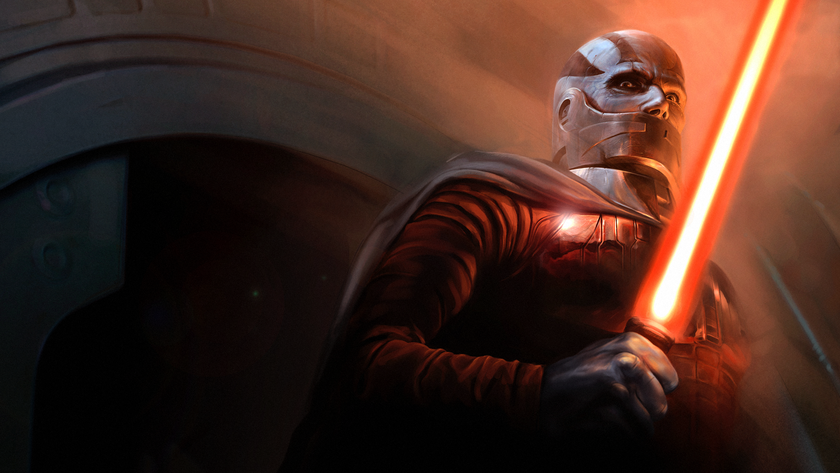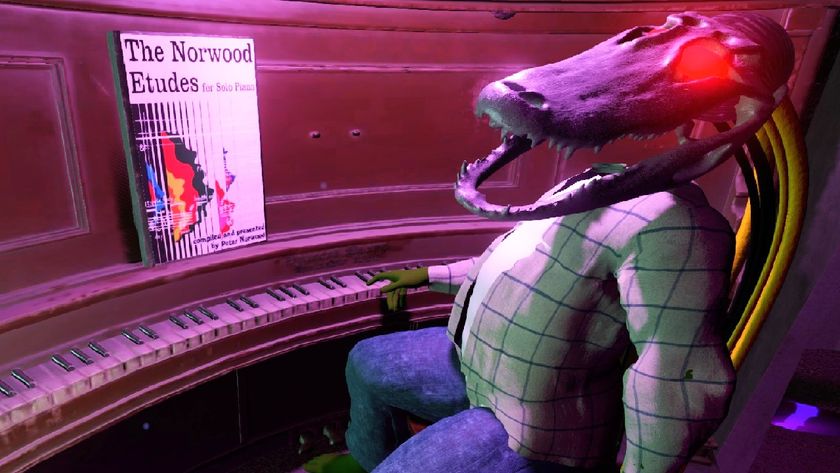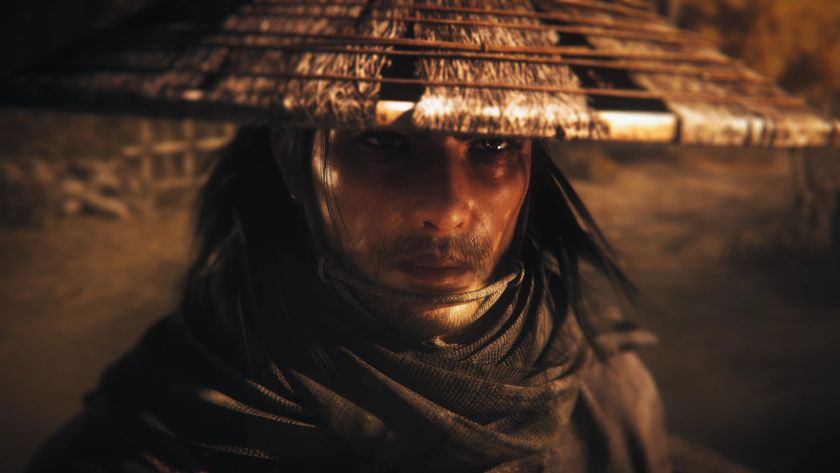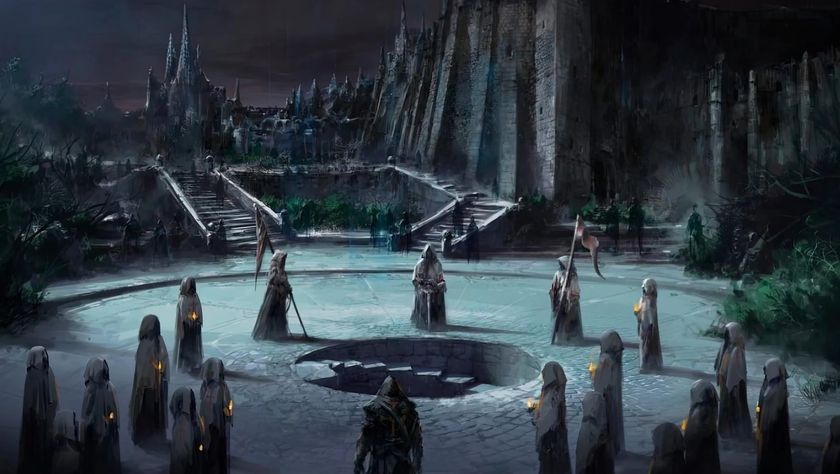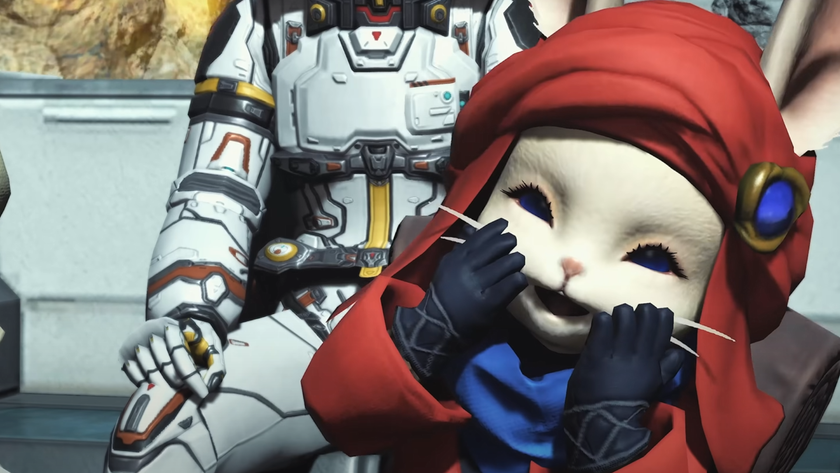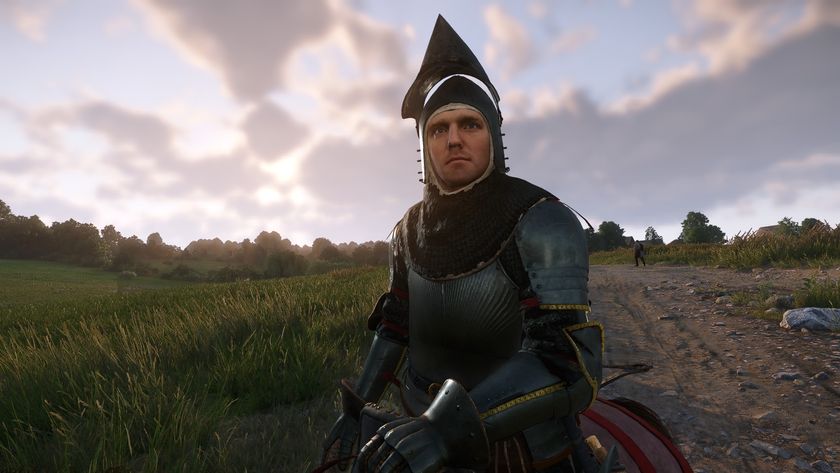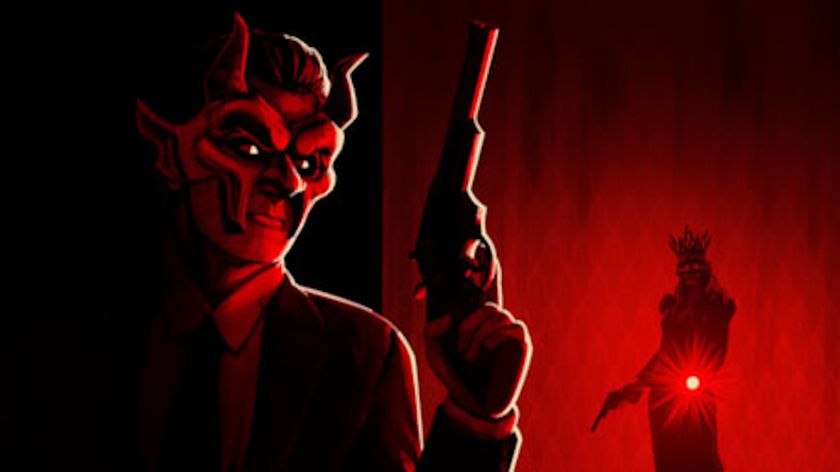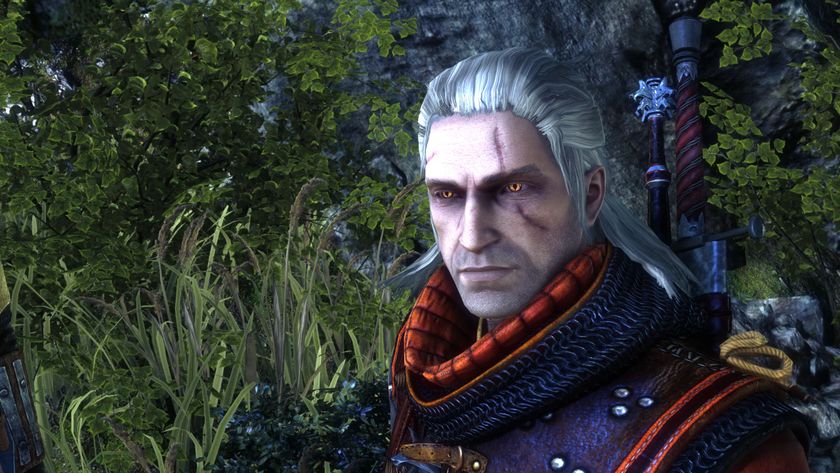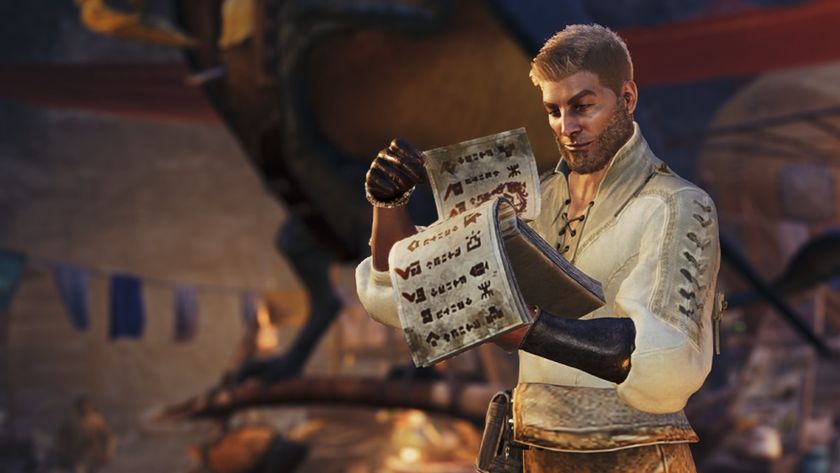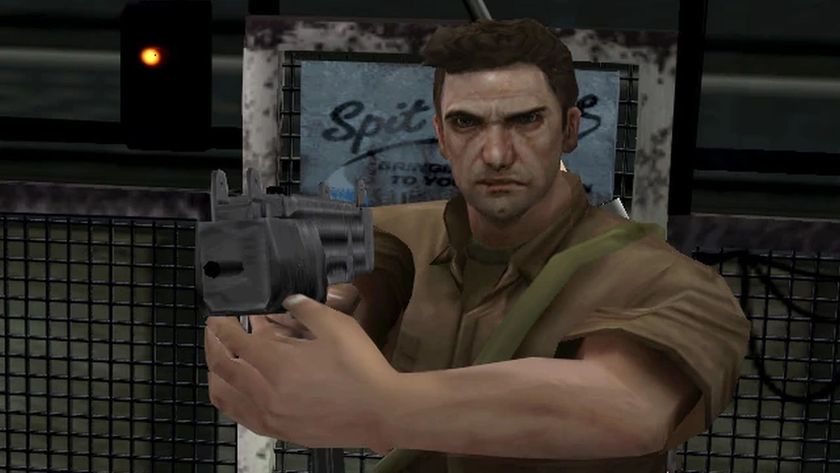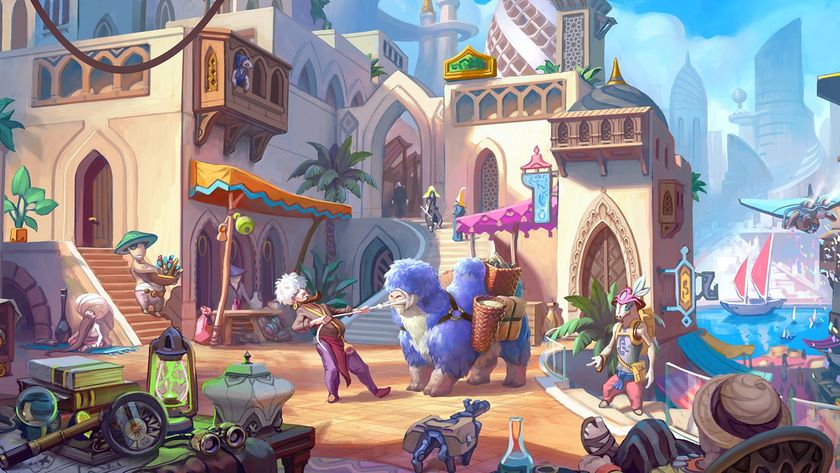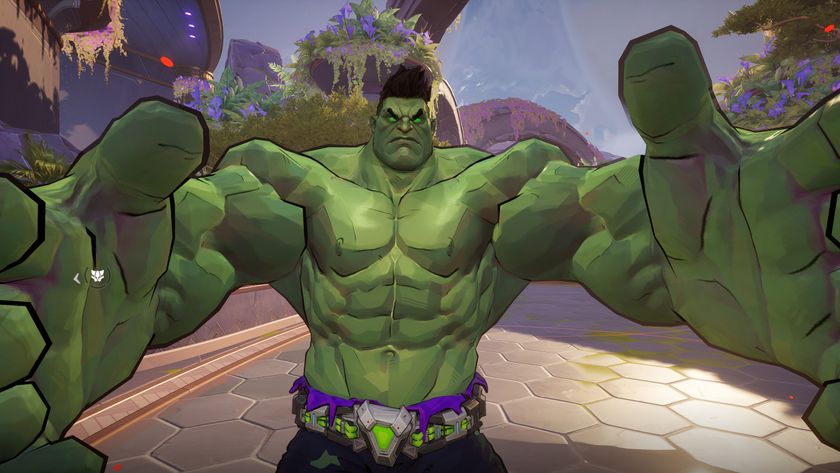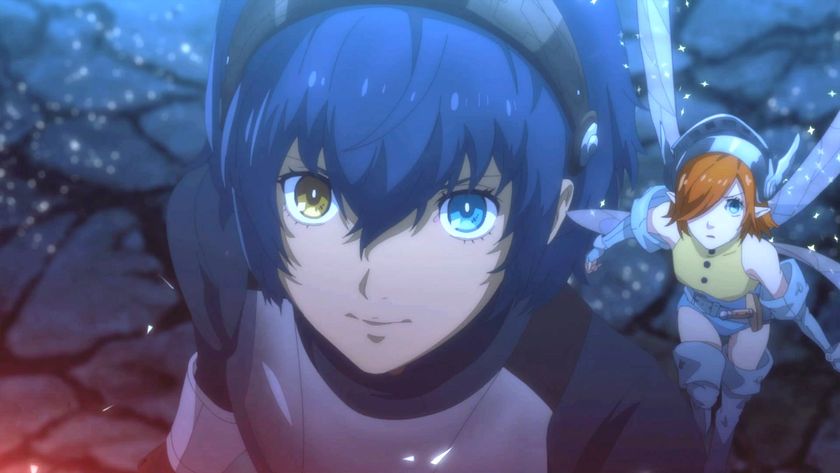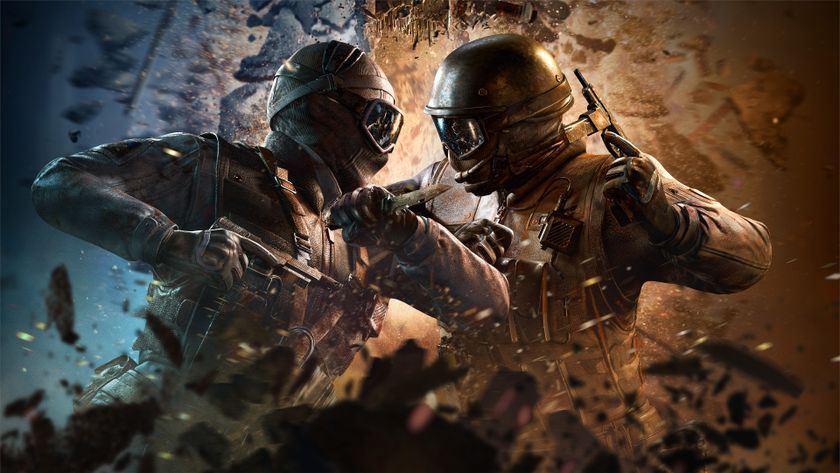Broken PC ports like Tales of Symphonia are unacceptable
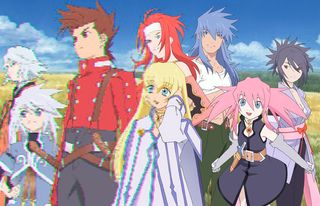
Peter "Durante" Thoman is the creator of PC downsampling tool GeDoSaTo and the modder behind Dark Souls' DSfix. He has previously analyzed PC ports of Valkyria Chronicles, The Witcher 3, Tales of Zestiria and more.
Bandai-Namco, this is unacceptable. You too, Koei-Tecmo.
Yesterday Bandai-Namco released Tales of Symphonia on Steam. It’s a game with a history of bad porting: the PS3 release which this port is based on—in turn a port of the PS2 version—was in some ways still inferior to the Gamecube original. So no one truly expected anything more than a decently competent barebones affair, with the same assets, framerate limitations and features as the PS3 version. However, what we got rivals the very worst ports in the last decade of PC gaming, and more than that the surrounding circumstances leave little conclusion other than the responsible company (or companies) simply caring little about the quality of their products.
I don’t enjoy writing negative articles, but sometimes it has to be done. In this one, I’ll explain all the things wrong with Tales of Symphonia on PC, and more than that, how these facts clearly point to an underlying system of priorities for creating this version of the game which simply makes no sense. No technical sense. No sense from the point of view of the customers. Note that there is one positive takeway from this: at least the resolution issues were easy enough to fix. I did it in less than three hours.
In any case, I want to refrain from descending into hyperbole or painting with too broad a brush—something I often observe when these topics are discussed. So first, let’s start with some perspective.
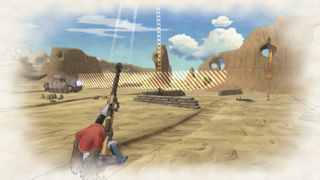
The state of Japanese ports: it’s actually not bad!
It should be clear to even the most reticent doubter at this point that Japanese publishers have started to realize that in most cases, not porting their games to PC is leaving money on the table. Many of them either started out releasing quality ports, or at least continuously increased both the quality of their ports and their support. Small companies like Idea Factory International manage to port and support their niche games without issues, and with all the basic amenities expected on the platform. Sega’s selection of games to port might not be to everyone’s taste, but all their ports are technically solid, and sometimes they include gems like Valkyria Chronicles. Capcom inarguably took far too long to port Dragon’s Dogma, but when they did they delivered an excellent result with great performance, variable framerate and resolution support, extended options, and at a fair price.
Even Square-Enix, after some problematic initial attempts, is making progress, and both FFT-0 and Lightning Returns show some respectable efforts on PC, even though there is still room for improvement. NISA’s PC version of Disgaea is happening about 5 years later than it should have, but you can already tell that at least some care and effort is being put into it.
The biggest gaming news, reviews and hardware deals
Keep up to date with the most important stories and the best deals, as picked by the PC Gamer team.
Until just recently, I’d have happily included Bandai-Namco in this list of success stories. They are porting more and more of their franchises, and their same-day release of Zestiria was easily the best version of the game, even before modding improved it further. This makes yesterday’s release all the more of a baffling disaster, but more on that later. First, let’s talk about Koei-Tecmo.
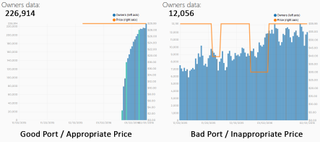
Koei-Tecmo, this is why you fail
Before talking about Koei-Tecmo I want to make one thing crystal clear about the success stories pointed out in the previous section, and that is that good ports generally succeed on Steam:
- Hyperdimension Neptunia Re;birth 1, a very niche game, is sitting comfortably above 200 000 owners according to SteamSpy.
- Dragon’s Dogma was released less than 2 weeks ago, and sold its current 220k without any deep discounts.
- Valkyria Chronicles (a strategy RPG from 2008!) has now reached a staggering 600k+ owners.
All of these are certain to have made back the investment on their quality ports many times over.
Koei-Tecmo has also ported a lot of games to PC recently, and they increasingly linger in the low 5 digits in terms of owners, according to SteamSpy’s numbers. And one reason for that should be blindingly obvious. It’s not that they are bad games, it’s that Koei-Tecmo has not, even after many releases, invested even the modicum of effort required to support the very basics expected of 3D games on PC. This of course includes features such as arbitrary rendering resolution—that is, when they don’t simply port a last-generation console version rather than the most recent one. And that’s of course before getting into their tendency to release late, bad ports at ridiculous prices. (Note on SteamSpy figures: its creator says the tool can’t accurately gauge data like playtime from games with fewer than 30,000 owners, but the number of owners should be within the margin of error).
I’m actually saddened by Koei-Tecmo’s seeming inability to grasp the relationship between how they treat the PC platform and the sales of its games. A few years back they bought Gust, one of the very few developers which I care about without any PC presence left at this point. The really sad thing is that this course would be truly easy to correct. If you cannot do a remotely adequate job in-house, then just hire one of the many companies who specialize in this kind of project, and who can provide you with a good port at a fair price.
Actually, if you want to port Atelier and not fail just drop me an email!
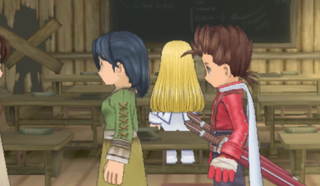
Tales of no QA
Now, after gaining some more perspective on the overall state of things, let’s focus on the port which actually prompted this article. Tales of Symphonia was ported with a locked framerate and lacking support for mouse/keyboard controls—both of these are hardly praiseworthy, but to some degree expected and even acceptable considering the surrounding circumstances of the project.
What isn’t acceptable is locking the rendering resolution of your 3D game. We’ve been over this, but just to reiterate: supporting arbitrary rendering resolution, unlike arbitrary framerate, basically never requires a significant re-engineering effort. If it is not done, it’s a sure sign of either lack of understanding of the platform, or a severe lack of budget or care when porting.
However, even a locked framerate, resolution, and bad support for standard PC controls is not enough to truly qualify as one of the very worst ports in the past decade of PC gaming. Those three points basically apply to Dark Souls 1—however, From Software had the decency to deliver a mostly bug-free and apparently well-tested product which worked well enough within its limitations. This is not the case with Tales of Symphonia.
In addition to all the faults already listed, the port as released comes with some incomplete or entirely broken localizations, crashes frequently on alt-tabbing or otherwise resetting its DirectX context, and has loading times which are completely beyond the pale when you consider that this was originally a Gamecube game and hasn’t changed much since then, asset-wise. In fact, these issues are so severe that points which would seem significant for another port, such as limited save slots and inconsistently updated button icons, can almost be disregarded in the discussion.
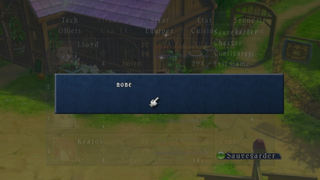
sec514.tmp
I’d argue that even the mellowest individual could be forgiven for becoming agitated about the level of quality assurance (or rather lack thereof) implied by all the issues pointed out in the previous section. However, even all of that would not have been enough to prompt me to write an article such as this.
In the opening paragraph, I talked about the “underlying system of priorities” evident in this porting effort. It’s now time to finally come back to this point, and the very reason to be outraged rather than merely disappointed at this port.
Basically, all of these issues could be explained by someone in Bandai Namco management deciding that this project has to be completed on a budget equal to one executive lunch. Companies often make budget decisions which are beyond the comprehension of mere mortals, so I could live with that.
Yet, there is one additional fact that tells us even this scenario—terrible as it is— does not suffice to capture the full extent of incompetence or apathy at play here. Because apparently, the budget was sufficiently large to license the “VMProtect” anti-tamper system. Which, by the way, generates randomly named executable files for each run, providing the headline for this section. Not only is this system apparently completely ineffectual—with a cracked version of the game appearing in mere hours—it also actively hampers efforts of modders (should any even show up after such blatant disregard for the platform) trying to fix what is broken with this release.
So let’s recapitulate. Namco-Bandai cannot afford even the very minimal changes required to support arbitrary resolutions or superficially QA their product, but they can afford a completely ineffective DRM system. An ineffective DRM system for a game which people, if they were so inclined, have been able to pirate freely for over a decade.
That is apparently the quality of the decision making processes within this company. Their fans—and PC gamers—deserve better.
Postmortem: fixing stuff
After finishing up the initial draft of this article, I got curious and decided to see how long it would take me to defeat the resolution lock for this game. The answer was 14 minutes. Fixing some issues with videos and the menu system, as well as making the resolution fully configurable, supporting downsampling, getting it into a state ready to be released (which included some workarounds for the silly game DRM taking up precious minutes) and actually releasing the fix took another hour or two in total. Obviously, this fix is pre-alpha quality at this point, but hey, at least you don’t need to pay me for it.
